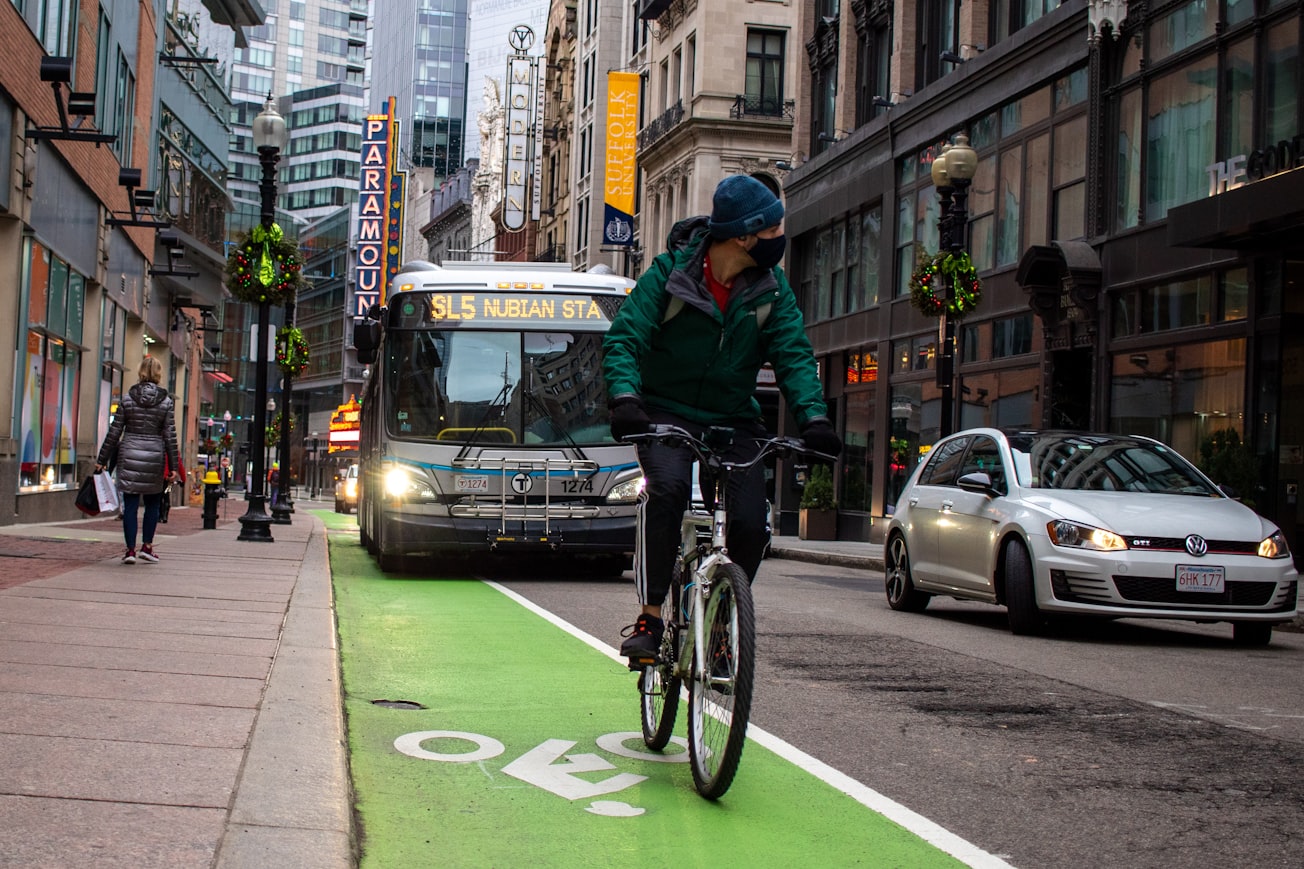What is it about?
The Global Action Plan on Physical Activity (GAPPA) set a global target to reduce physical inactivity by 15% by 2030, stating “all stakeholders should actively promote and advocate for the implementation of the policy actions according to country contexts and priorities". But what challenges do stakeholders face to advocate for GAPPA? What supports would be helpful? Our research surveyed physical activity stakeholders employed in the health, education, sport, transport and city planning professions, from low, middle and high income countries.
Featured Image

Photo by Aaron Doucett on Unsplash
Why is it important?
Stakeholders thought the GAPPA is important, that it would be good to advocate, and that they feel a need and want to advocate for its implementation. However, many felt their country was not engaged with advocating for the implementation of the GAPPA, showing potential challenges for localized implementation. A high proportion of participants felt they do not (1) know how; (2) have the time available; and/or; (3) have the necessary materials or supports — to effectively advocate for implementation of the GAPPA in their country. This highlights the need for further advocacy tools, resources, and training opportunities to aid key stakeholders with who, what, and how to advocate for the GAPPA and achieve the best outcomes.
Perspectives

Since we started this project, a number of very useful tools have been released by the World Health Organization to support professionals to advocate for physical activity. These include toolkits, the Fair Play Advocacy Brief and Global Status Report on Physical Activity (2022). The Global Status Report highlighted the need to advocate for: 1. Strengthen whole-of-government ownership and political LEADERSHIP 2. INTEGRATE physical activity into relevant policies and support policy implementation with practical TOOLSand guidance 3. Strengthen PARTNERSHIPS, engage communities and build capacity in people 4. Reinforce DATA systems, monitoring, and knowledge translation 5. Secure sustainable FUNDING and align with national policy commitments
Dr Matthew Mclaughlin
University of Western Australia

It was a pleasure to collaborate with others across the globe to understand the current challenges and supports required for effective advocacy of the GAPPA. This work highlights that researchers, practitioners and policy makers feel it is important to implement the GAPPA but often lack the knowledge and resources to do this effectively. There is a need to support those who play a role in physical activity promotion with advocating for the implementation of the GAPPA. Some supports are already available and need to be better disseminated across different regions and sectors of work. This paper also provides other suggested supports that can help overcome common challenges identified. For me this work shows the power of working in collaboration to identify potential solutions for an issue. The insight gained and suggested actions can help to inform future supports to aid relevant stakeholders with effective advocacy for implementation of the GAPPA.
Dr Joey Murphy
University of Bristol
Read the Original
This page is a summary of: Advocating for Implementation of the Global Action Plan on Physical Activity: Challenges and Support Requirements, Journal of Physical Activity and Health, January 2022, Human Kinetics,
DOI: 10.1123/jpah.2022-0357.
You can read the full text:
Resources
- Related Content
Global Action Plan on Physical Activity (2018-2030) (GAPPA)
WHO has developed a new global action plan to help countries scale up policy actions to promote physical activity. It responds to the requests by countries for updated guidance, and a framework of effective and feasible policy actions to increase physical activity at all levels.
- Related Content
ISPAH's 10 Ways to Prioritise Physical Activity Actions
A guide to provide decision makers with ideas on how to prioritise and start implementing physical activity actions. The guide acknowledges that ideally a range of actions should be implemented together, but realistically this isn’t always possible. The guide supports decision-makers to pick the right combination of actions to implement a systems-based approach. Achieving systems-wide change takes time; It is important to demonstrate resilience and commitment, revising and building the strategy, as required.
- Related Content
WHO's Fair Play Advocacy Brief
An advocacy brief calling for stronger multisectoral action to promote and enable more physical activity through provision of supportive environments, accessible programmes and sustained communication campaigns in all communities. It provides global guidance on priority actions and is suitable for use by advocates, government and non-government organizations.
- Related Content
Global Status Report on Physical Activity 2022
This Global status report on physical activity is WHO’s first dedicated global assessment of global progress on country implementation of policy recommendations of the Global Action Plan on Physical Activity (GAPPA) 2018-2030. It also presents an estimate of the cost to health systems of not taking action to improve physical activity levels and reinforces the urgency to position physical activity as a shared, whole-of-government priority, and to strengthen coordination and partnerships to promote physical activity.
Contributors
The following have contributed to this page








